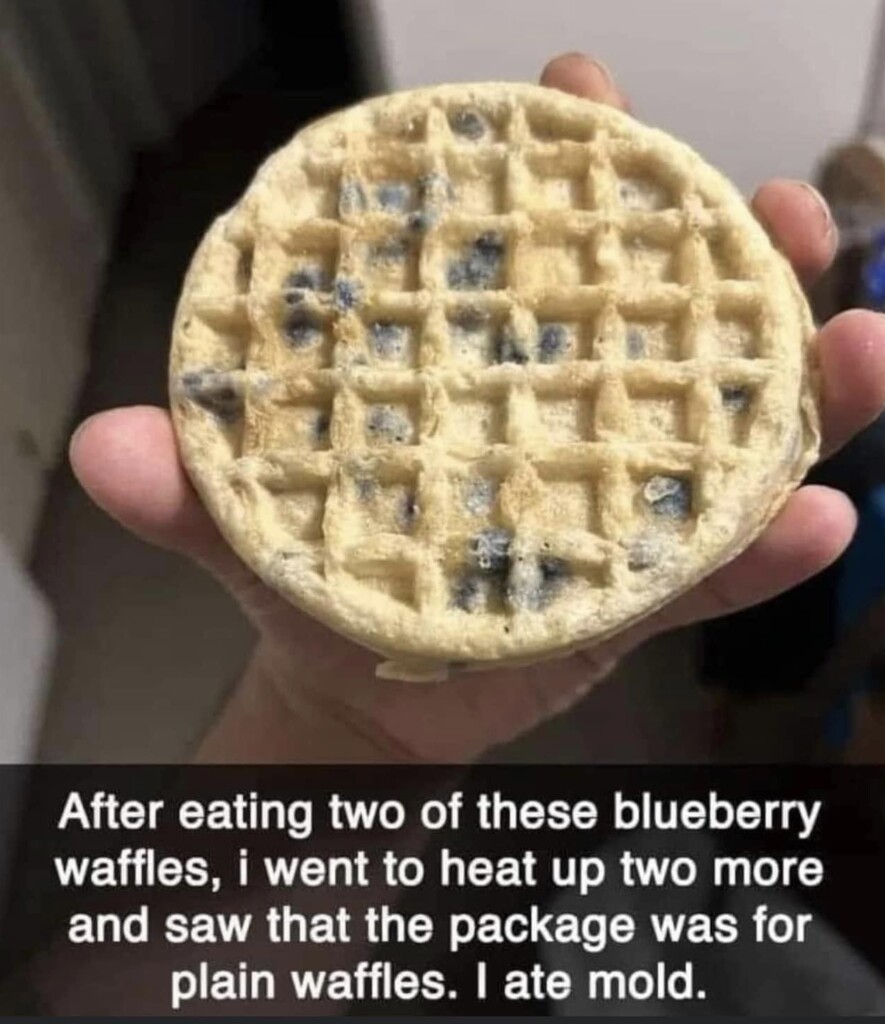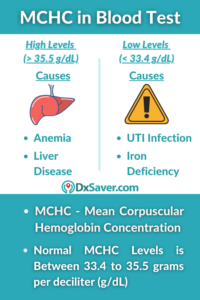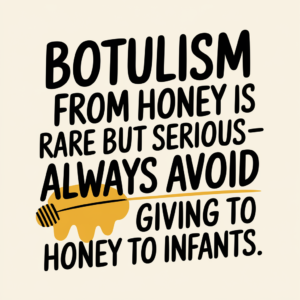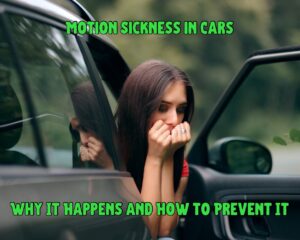We’ve all had those moments when we discover a patch of mold on our food after taking a bite. It’s not a pleasant surprise, and questions immediately arise about the potential consequences of consuming moldy food. Fear not! Let’s dive into the situation and learn what steps to take if you’ve accidentally eaten food with a hint of mold.

The Moldy Encounter
Discovering mold on your food, whether it’s a slice of bread, a piece of fruit, or a waffle, can be a bit alarming. The fuzzy or discolored appearance of mold is a clear indication of microbial growth. But before you panic, it’s important to understand that not all molds are equally harmful, and your body’s response can vary based on factors such as your overall health and the type of mold ingested.
Identifying Harmless vs. Harmful Molds
While consuming mold isn’t advisable, not all molds are dangerous. Some molds are used intentionally in food production, like certain cheeses. On the other hand, molds like black mold can be harmful if ingested. If you’re uncertain about the type of mold you’ve encountered, it’s best to err on the side of caution.
Your Body’s Defense Mechanisms
Thankfully, your body has defense mechanisms in place to deal with the occasional ingestion of mold. In most cases, your immune system can handle small amounts of mold without causing major harm. However, if you experience symptoms like stomach upset, diarrhea, or nausea shortly after eating moldy food, it’s wise to consult a healthcare professional.
Actions to Take
If you’ve unintentionally eaten moldy food, here’s what you can do:
- Don’t Panic: While it’s not ideal, a small amount of moldy food is unlikely to cause serious harm.
- Stay Hydrated: Drinking plenty of water can help flush out any toxins or potential irritants from your system.
- Monitor Symptoms: Pay attention to how your body reacts over the next few hours. If you experience severe symptoms, seek medical attention.
- Discard Moldy Food: Remove any moldy parts and ensure the rest of the food is mold-free before consuming.
- Prevention is Key: To avoid future mishaps, make it a habit to check your food for any signs of mold before eating.
When to Seek Medical Help
If you notice severe symptoms like persistent vomiting, high fever, or difficulty breathing, don’t hesitate to contact a healthcare professional. While the risk of major health issues from consuming a small amount of moldy food is low, your well-being is a priority.
A Bump in the Road
Accidentally eating food with mold may feel unsettling, but it’s usually a minor bump in the road. Your body is well-equipped to handle small encounters with mold, and most likely, you’ll be absolutely fine. Just remember to listen to your body, stay hydrated, and seek medical attention if you experience severe symptoms. As always, prevention is the best course of action, so keep an eye out for any signs of mold before indulging in your next meal.
As an Amazon Associate we earn from qualifying purchases through some links in our articles.




